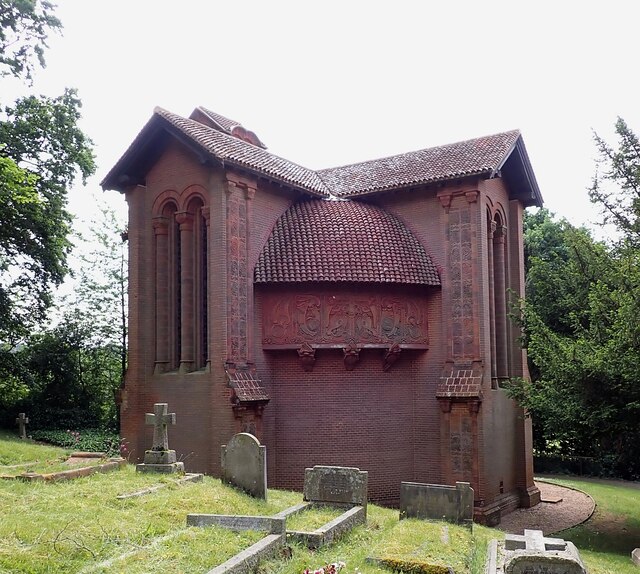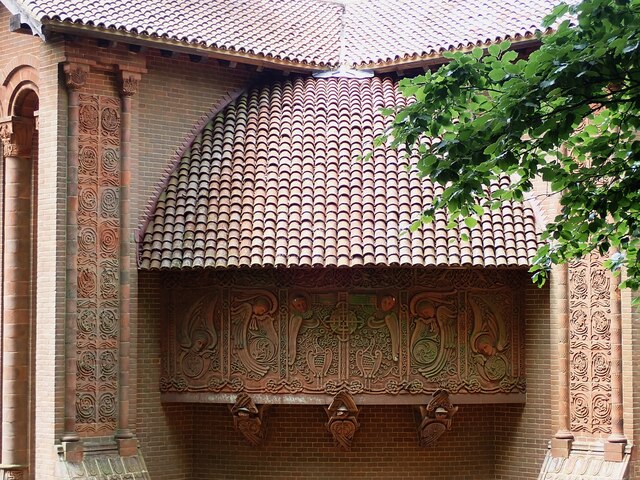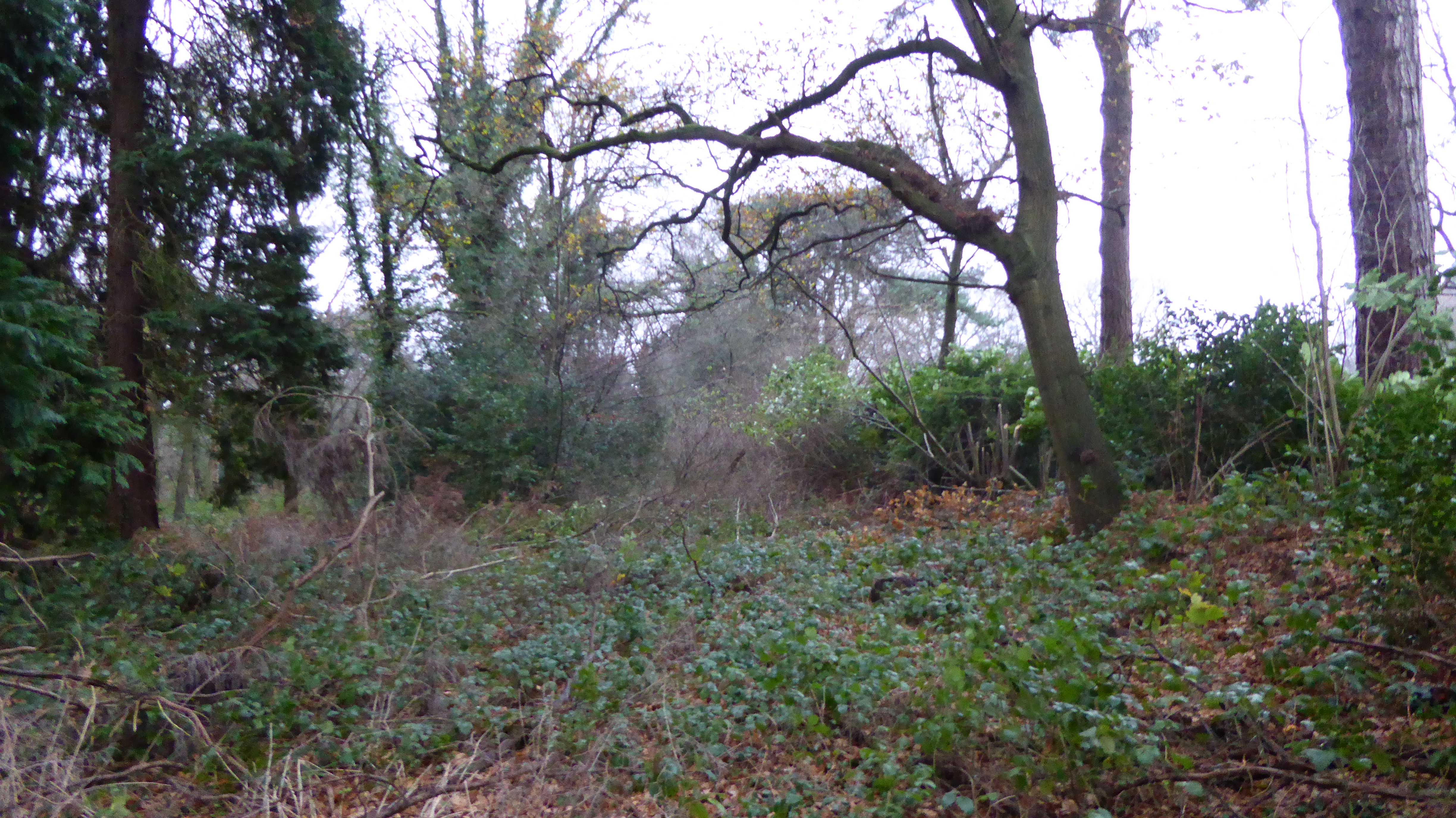Bummoor Copse
Wood, Forest in Surrey Guildford
England
Bummoor Copse
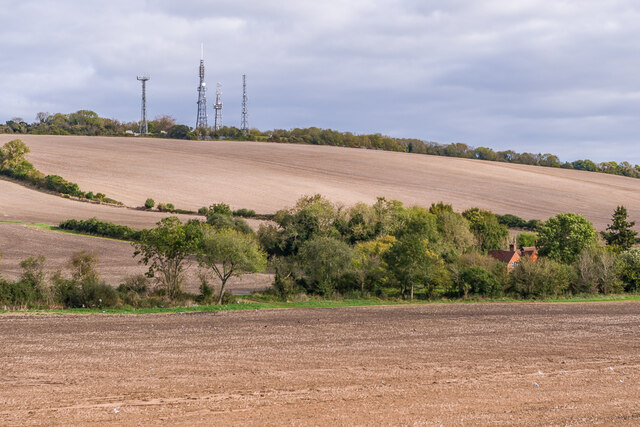
Bummoor Copse, located in Surrey, England, is a picturesque woodland area known for its natural beauty and diverse ecosystem. Spread across approximately 100 acres, this ancient woodland is a haven for nature enthusiasts and those seeking tranquility amidst the bustling city life.
The copse primarily consists of deciduous trees, including oak, beech, and birch, which provide a stunning display of colors during the autumn months. The forest floor is adorned with a rich carpet of bluebells in spring, creating a breathtaking sight for visitors. The dense foliage and tall trees offer a cool and shaded environment, making it an ideal spot for leisurely walks and picnics.
The wood is home to a wide variety of wildlife, making it an important ecological site. Birdwatchers will be delighted to spot numerous species, including woodpeckers, owls, and various songbirds. Small mammals like foxes, rabbits, and squirrels can also be seen darting through the undergrowth. For the more observant visitor, there are several species of butterflies and insects that add to the copse's biodiversity.
Bummoor Copse is easily accessible, with well-maintained footpaths and designated walking trails. It is a popular destination for hikers, joggers, and dog walkers, who can enjoy the peaceful ambiance and immerse themselves in nature. The copse is also a favorite spot for photographers and artists, who are drawn to its natural splendor and unique charm.
Overall, Bummoor Copse is a hidden gem in Surrey, offering visitors a chance to escape the urban sprawl and connect with nature.
If you have any feedback on the listing, please let us know in the comments section below.
Bummoor Copse Images
Images are sourced within 2km of 51.215365/-0.62531795 or Grid Reference SU9647. Thanks to Geograph Open Source API. All images are credited.



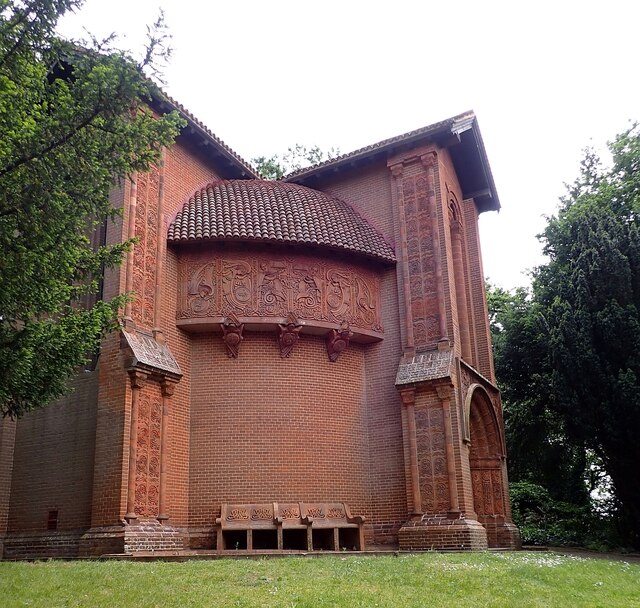
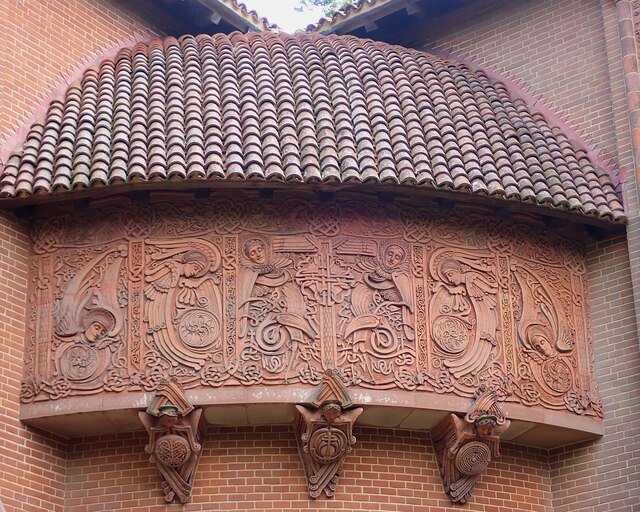
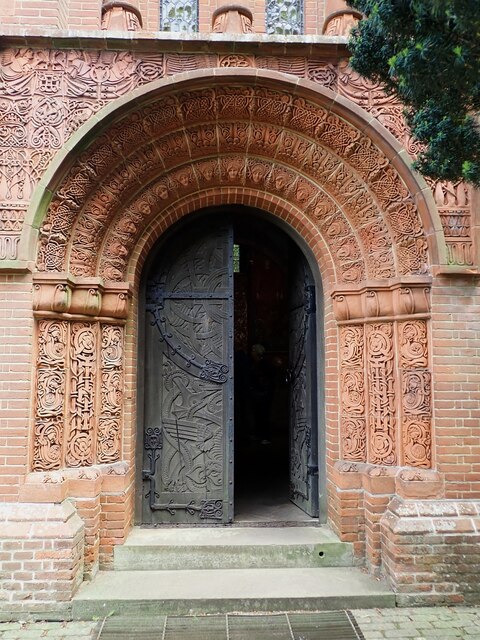
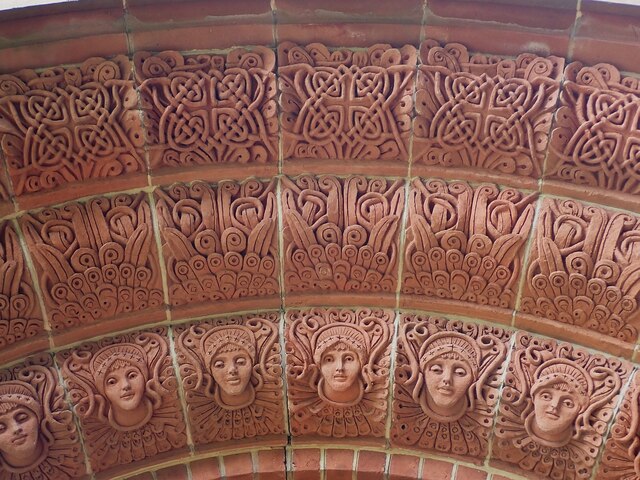
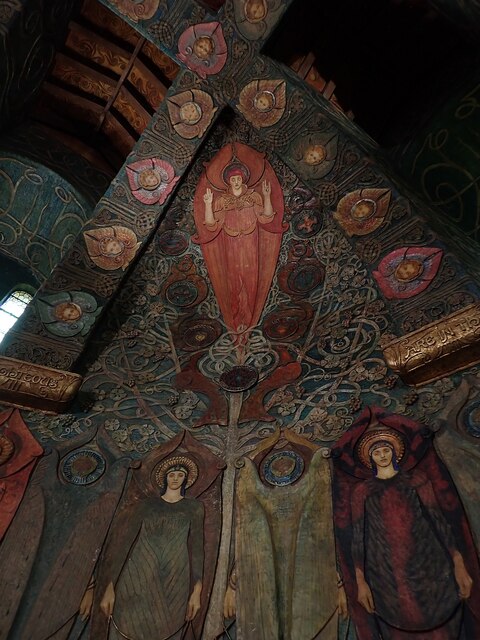
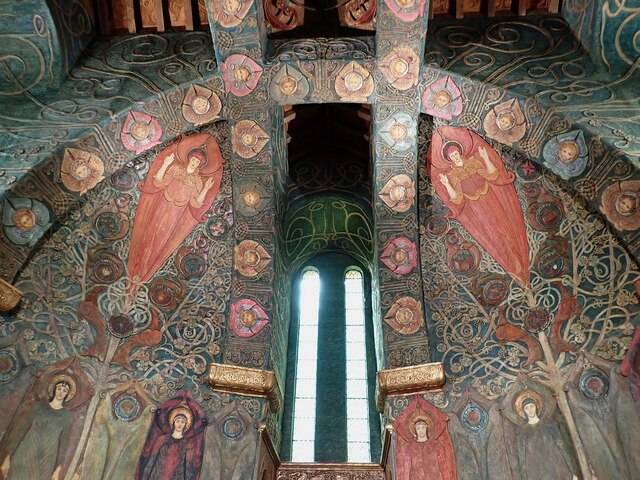
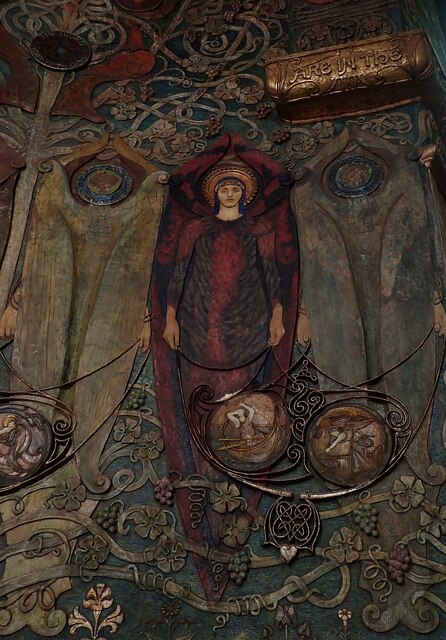
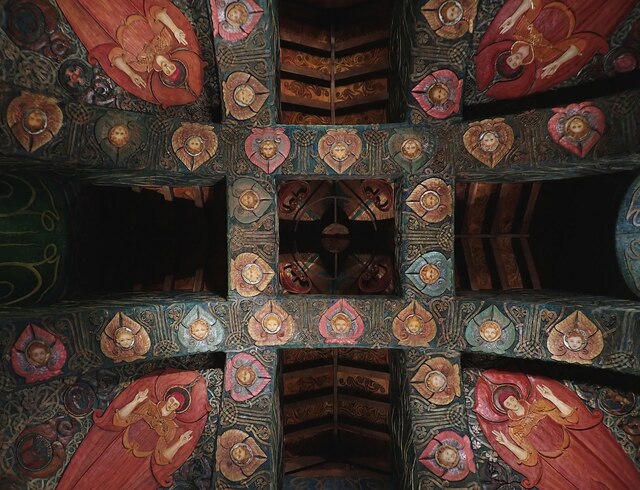
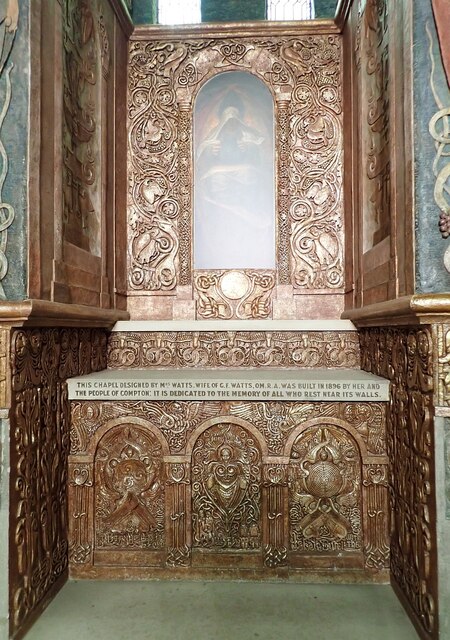
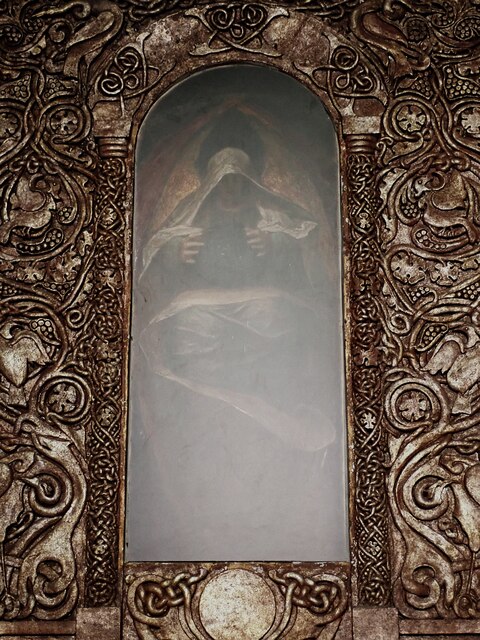
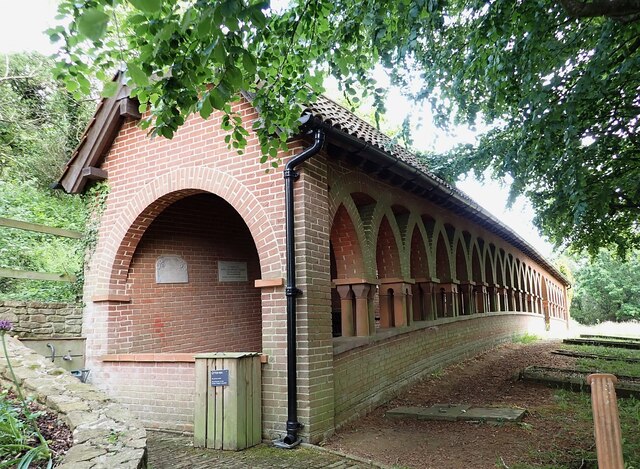
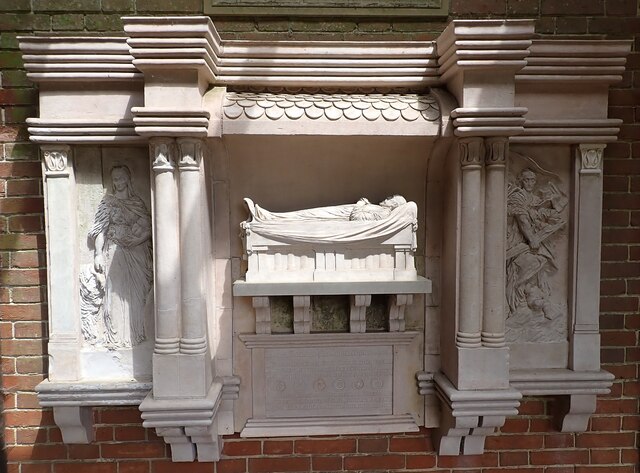
Bummoor Copse is located at Grid Ref: SU9647 (Lat: 51.215365, Lng: -0.62531795)
Administrative County: Surrey
District: Guildford
Police Authority: Surrey
What 3 Words
///attends.irrigated.cluttered. Near Godalming, Surrey
Nearby Locations
Related Wikis
Compton, Guildford
Compton is a village and civil parish in the Guildford district of Surrey, England. It is between Godalming and Guildford. It has a medieval church and...
Watts Cemetery Chapel
The Watts Cemetery Chapel or Watts Mortuary Chapel is a chapel in a Modern Style (British Art Nouveau style) version of Celtic Revival in the village cemetery...
Pucks Oak Barn and McAlmont Reserves
Pucks Oak Barn and McAlmont Reserves is a 4-hectare (9.9-acre) nature reserve near Compton, west of Guildford in Surrey. It is managed by the Surrey Wildlife...
Watts Gallery
Watts Gallery – Artists' Village is an art gallery in the village of Compton, near Guildford in Surrey. It is dedicated to the work of the Victorian-era...
De Morgan Centre
The De Morgan Centre for the Study of 19th Century Art and Society was a gallery in the London Borough of Wandsworth, England, which was home for a few...
Loseley Park
Loseley Park is a large Tudor manor house with later additions and modifications 3 miles (4.8 km) south-west of Guildford, Surrey, England, in Artington...
Middlebriars Wood
Middlebriars Wood is a 1-hectare (2.5-acre) nature reserve in Hurtmore, west of Farncombe in Surrey. It is managed by the Surrey Wildlife Trust.This is...
Farncombe Wood
Farncombe Wood is a 1-hectare (2.5-acre) nature reserve in Farncombe in Surrey. It is owned and managed by the Surrey Wildlife Trust.This steeply sloping...
Nearby Amenities
Located within 500m of 51.215365,-0.62531795Have you been to Bummoor Copse?
Leave your review of Bummoor Copse below (or comments, questions and feedback).
